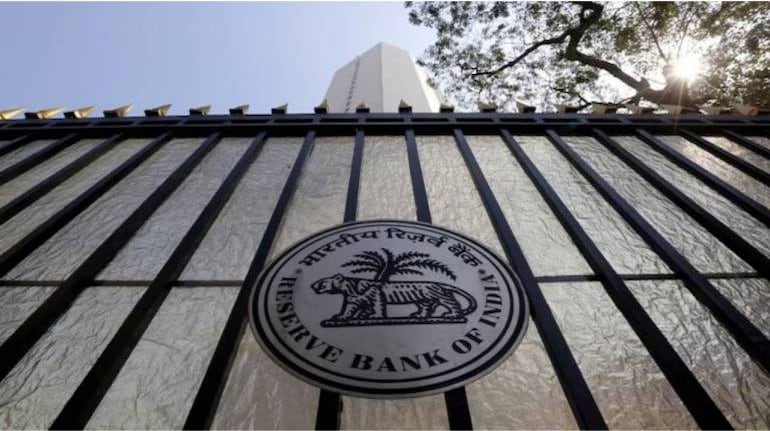



In recent months, the Reserve Bank of India (RBI) has cracked the whip on non-banking financial companies (NBFCs), fintechs, and credit card issuers. Most of these actions pertain to lapses in corporate governance, overstepping the scope of operations, and deviation from corporate governance and credit underwriting standards.
There is a clear reason for RBI’s intense scrutiny and back-to-back penal actions on NBFCs in recent months. The chatter within banking circles is that the RBI has acted pre-emptively to avert a potential asset quality shock in the banking system, particularly from those segments involving unsecured loan business. Unsecured loans do not have any collateral in the event of a collapse. The regulator is clearly unhappy with falling compliance standards.
Governance Issues, Poor Credit Underwriting
A closer look at some of these cases shows that the central bank has been repeatedly citing lapses in governance practices, poor credit underwriting standards, and non-compliance with risk management rules. This hasn’t happened suddenly. In recent months, there have been several instances when the central bank’s top brass has highlighted governance lapses in regulated entities in public speeches.
On August 25, RBI Governor Shaktikanta Das, in a meeting with senior executives of large non-banking financial companies (NBFCs), stressed the need to strengthen governance standards further. Das told a gathering of managing directors and CEOs of select large NBFCs, which included state-run firms as well as Housing Finance Companies (HFCs), in Mumbai, that governance standards and assurance mechanisms such as compliance, risk management, and internal audit should be made stronger.
The Money Link
There is also a credit angle to the ongoing compliance actions. At a larger level, the central bank’s actions could also be on account of the rising credit exposure of banks to the NBFC industry as a whole. Bank lending to NBFCs has shot up by 16 percent in the past 12 months to Rs 15 lakh crore from Rs 13 lakh crore in the year-ago period, according to RBI data. An even more crucial number is personal loans, including credit card debt, from banks, where the outstanding amount has surged by 28.8 percent in the past 12 months from 20.7 percent in the year-ago period.
Industry experts also said a sizeable chunk of the bank funding to NBFCs is flowing to pure-play unsecured personal loans. This effectively means that any asset quality shocks NBFCs may experience could have direct ramifications in the banking system due to the high interconnectedness. NBFCs are typically active in loan segments where traditional banks aren’t. These include high-risk unsecured loans, loans against shares, gold loans, and IPO funding, among others.
A Larger Problem
To be sure, the jump in unsecured personal loans has been happening at the bank level as well, worsening RBI’s worries. Despite the caution sounded by the regulator, credit by way of personal loans from banks continues to grow as the share of personal loans in total credit stood at 30.9 percent in December 2023 compared to 28.6 percent in the previous year, according to RBI data.
The RBI tightened the scrutiny on the NBFC segment in the aftermath of the IL&FS and DHFL crisis a few years ago that kicked off a string of events leading to a tight liquidity situation in the banking system. The central bank had to even allow a special liquidity window for NBFCs to ease the cash shortfall and bridge the trust deficit. The central bank doesn’t want a similar crisis to happen all over again.
If one looks at the action on JM Financial, the central bank has cited three key areas of regulatory breach. One is poor underwriting standards, the company effectively acting both as a lender and borrower, and governance lapses. According to the regulator, the company repeatedly helped a group of its customers to bid for various IPO and non-convertible debentures offerings by using loaned funds where the credit underwriting was found to be perfunctory, and financing was done against meagre margins.
After loaning the money, JM Financial operated the application for subscription, the demat accounts, and the bank accounts using a Power of Attorney (POA) and a Master Agreement obtained from these customers, effectively acting as both lender and borrower.
In the case of IIFL Finance, the rule violation pertains to the quality of the credit process. The RBI said an inspection of the company revealed serious deviations in assaying and certifying purity and net weight of the gold at the time of loan sanction and at the time of auction upon default, breaches in loan-to-value ratio, etc. In the case of Paytm Payments Bank, a major reason cited for the action is total disregard for KYC norms and lapses in corporate governance for years.
Will There Be More?
Importantly, there is no reason to believe that the issues cited by the RBI in the recent round of actions are limited to a few entities. According to people in the know, there may be more instances of the central bank cracking down on erring NBFCs. The ongoing RBI action on NBFCs is expected to slow down the flow of unsecured credit to the system, including the high-risk loan flow to capital markets. However, the regulator expects these steps to bring back order and discipline in the credit process. The message from the RBI to the NBFC industry is clear.
Discover the latest Business News, Sensex, and Nifty updates. Obtain Personal Finance insights, tax queries, and expert opinions on Moneycontrol or download the Moneycontrol App to stay updated!
Find the best of Al News in one place, specially curated for you every weekend.
Stay on top of the latest tech trends and biggest startup news.